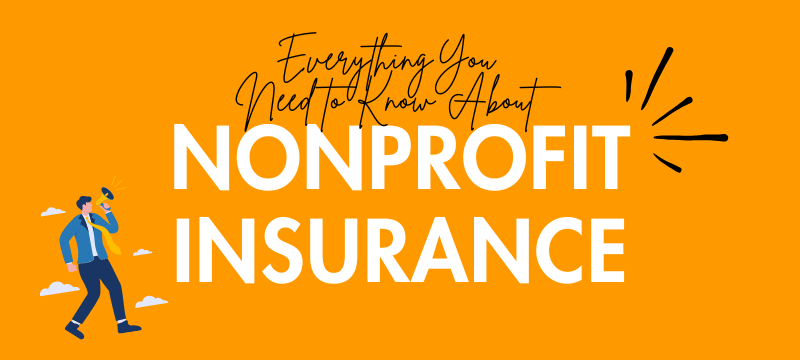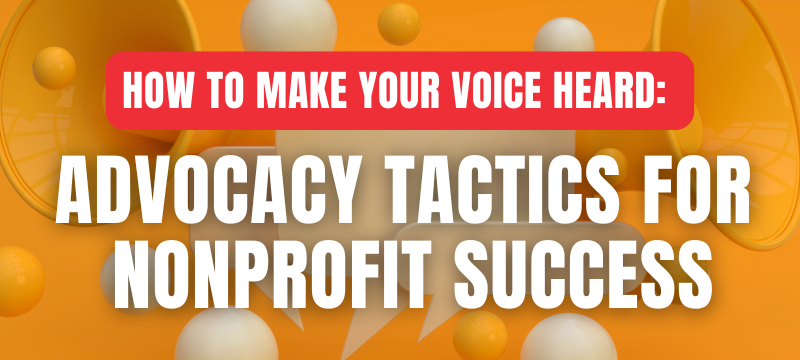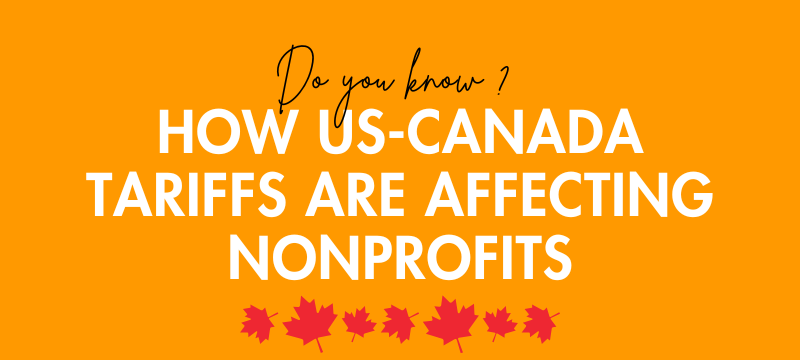In private businesses, effective marketing is essential for success—it’s how companies capture attention, build…

Everything You Need to Know About NonProfit Insurance
Running a nonprofit is all about doing good in the community, but let’s face it—no matter how noble your mission is, risks are part of the game. That’s why understanding nonprofit insurance is crucial. What if someone slips and falls during your event? What if a hacker targets your donor database? These are scenarios that could cost your organization dearly if you’re not prepared.
That’s where insurance comes in—it’s like your safety net. Today, I’ll walk you through the basic types of nonprofit insurance every organization should know about (and why they’re worth the cost).
1. General Liability Insurance
Think of this as your nonprofit’s everyday safety net. It protects you if someone outside your organization—like a visitor, volunteer, or program participant—gets hurt or if your nonprofit accidentally causes damage to someone else’s property. For example, if a volunteer accidentally knocks over and damages equipment belonging to a partner organization, this policy can help cover the repair or replacement costs.
Pro Tip: Review your general liability policy regularly—especially as your programs grow—to ensure it still covers your organization’s needs. Check for adequate limits to protect against increasing costs and shop around periodically for the best rates. This keeps your nonprofit covered while avoiding overpaying for insurance.
2. Directors and Officers (D&O) Insurance
Your board members and leaders are volunteering their time, but did you know they could be held personally liable for decisions they make? D&O insurance protects your leadership team from lawsuits related to things like mismanagement of funds or employment disputes.
Why it matters: You might think, “We’re small—who’s going to sue us?” Unfortunately, even the best intentions don’t protect you from legal action. D&O insurance is a key component of a comprehensive nonprofit insurance plan.
3. Cyber Insurance
Nonprofits often collect sensitive donor and client information, which makes them a target for cybercriminals. Cyber insurance helps cover the costs of data breaches, ransomware attacks, and even notifying donors if their information is compromised.
Real talk: Cyber risks are no longer just a big-business problem. Small nonprofits are often easier targets for hackers.
4. Property Insurance
If you own or rent office space, property insurance covers damage to your physical assets—computers, furniture, equipment—due to things like fire, theft, or natural disasters.
Financial planning note: Good nonprofit bookkeeping tracks these assets so you know exactly what’s at stake if something happens. When reviewing your coverage, share your fixed asset list with your insurance broker to ensure everything is accounted for.
5. Event Insurance
Hosting a gala, fundraiser, or community event? Event insurance steps in to cover risks specific to one-time or recurring events. For example, if severe weather forces you to cancel your outdoor fundraiser, event insurance might help cover the costs of vendor deposits or rescheduling.
Pro Tip: Not all events require a separate policy. Check if your General Liability Insurance includes event coverage—it might save you from purchasing redundant insurance. If your event is large or high-risk, it’s worth consulting with your broker to ensure you have the right nonprofit insurance protection.
How to Choose the Right Policies
Choosing the right nonprofit insurance policies ensures your organization is protected from unforeseen risks. Start by asking these questions:
• What risks does your nonprofit face? (Think about programs, events, or data you handle.)
• Does your landlord or funder require specific coverage?
• What’s your budget for insurance?
Then, talk to an insurance broker who specializes in nonprofits. They can guide you to the right mix of policies without selling you unnecessary extras.
Final Thoughts
Insurance might feel like an expense you’d rather avoid, but think of it as peace of mind. One lawsuit or disaster could wipe out your nonprofit’s hard-earned funds. By investing in the right coverage, you’re not just protecting your organization—you’re safeguarding the mission you’ve worked so hard to build.
Regularly reviewing your nonprofit insurance can help you strike a balance between cost and coverage. Overinsuring can strain your budget, while underinsuring might leave you vulnerable at the worst times. A nonprofit CFO can play a key role in helping you evaluate your insurance needs, benchmark your coverage against other nonprofits in similar situations, and identify gaps or opportunities for cost savings. Regularly reviewing your policies—every few years or when your operations change significantly—not only ensures the right coverage but also gives you a chance to shop around for competitive rates.
If you’re unsure about your nonprofit insurance needs, consult a specialist to safeguard your mission and ensure your organization thrives for years to come.



